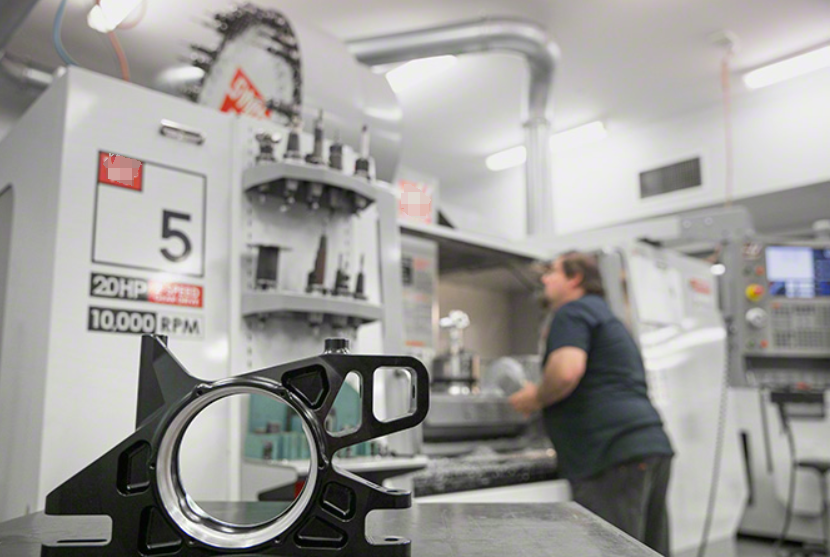It’s a vicious circle. You can’t get a job without experience, and you can’t get experience without a job.

So what are nascent machinists/programmers/engineers to do? They can go to school to get the appropriate skills, but what good is that, if they can’t get hired without having, somehow, put those skills to practical use for some (often arbitrary) period of time?
Given the current shortage of skilled workers in the manufacturing sector, you would think this mindset would change. Yet, many employers continue to shy away from freshly minted graduates – even though these graduates have been trained in the latest manufacturing techniques on state-of-the-art CNC equipment – while at the same time complaining they have no one to hire.
To complicate things further – again, despite the ongoing shortage of skilled workers – many employers also seem unwilling to pay the salaries necessary to attract the type of job candidates they’re looking for. They want to pay starting wages for experienced employees. In a true market economy, the opposite should be true. The shortage should drive salaries up, especially for experienced workers, and make it easier for recent graduates to find employment.
Unfortunately, that doesn’t seem to be the case.
There has been much progress in recent years – at the educational, corporate, and even governmental levels – toward increasing the production of skilled workers to meet the growing need. Schools are starting, or expanding, programs in manufacturing technology, and investing in new equipment. Companies are partnering with local educational institutions to ensure their training programs are relevant to the needs of local industry. And municipal, state, and national governments are finally giving manufacturing some of the much-needed attention it deserves.
Yet, there still seems to be a disconnect between the available jobs and the available workers.
Granted, there’s no substitute for experience. But whose responsibility is it to provide that experience? And how much is enough? Most manufacturing technology programs today provide extensive hands-on, at-the-machine training, with students often producing real-world parts for real customers. But schools can only do so much. At some point, industry must step in and take the reins.
Perhaps you view recent graduates as unknown quantities. Although that’s understandable, it’s very possible those same graduates are more up-to-date on the latest manufacturing technologies – CAD/CAM, workholding, cutting tools, machining processes – than your existing staff. Still hesitant? Why not look within? Perhaps you already have someone on staff who, with a little training and encouragement, could take their hydraulic busbar bending machine skills to the next level and fill that job opening. They already have experience in your shop. You already know their work habits and capabilities. Why not send them to a local tech school, community college, or university to learn the skills your company needs?
And what of those workers who, out of necessity, went back to school to retrain for a new career in manufacturing? They have experience. They’ve been in the workforce. They’ve put in their time, often for decades. They know what it takes to earn a paycheck. They’ve paid their dues . . . just not in their new field.
Should they be paid the same starting wage as someone fresh out of school with no work experience? Many employers seem to think so. So what incentive is there for those workers to choose manufacturing as a career?
Granted, someone with 20 years of experience in another industry – who got laid off through no fault of their own – probably doesn’t warrant the same pay in a machine shop as a CNC machinist with 20 years of experience. But their experience should count for something.
Yes, the economy is still tough for a lot of shops. But that doesn’t justify the mindset that a job that pays something is better than no job at all. For manufacturing to succeed, businesses must be willing to pay sufficient wages to obtain – and retain – the right employees with the right skills.
Consider it an investment in your future.